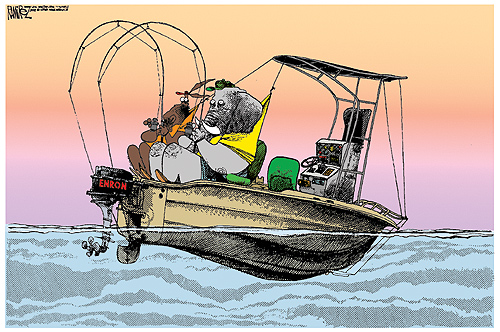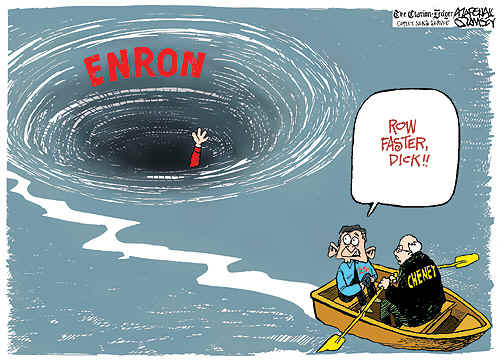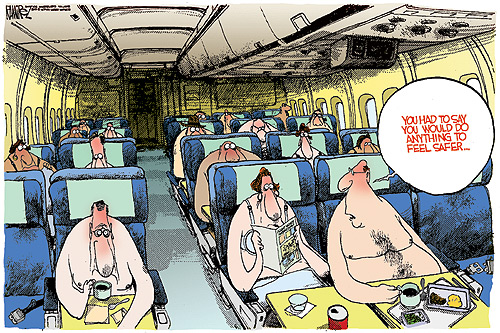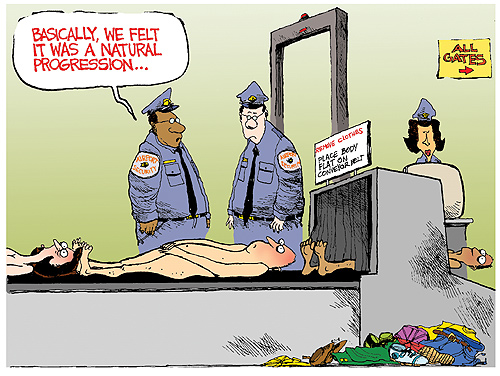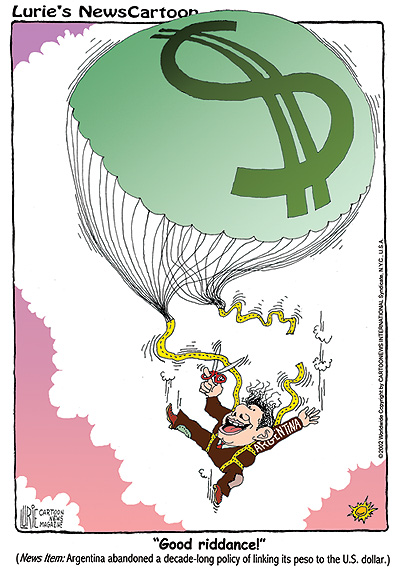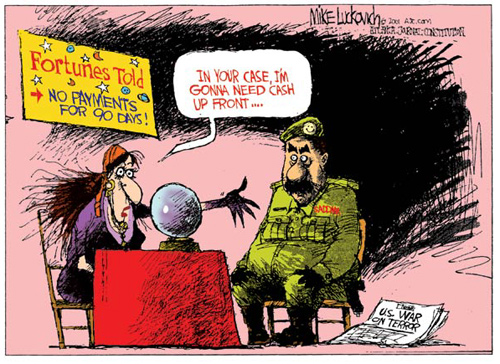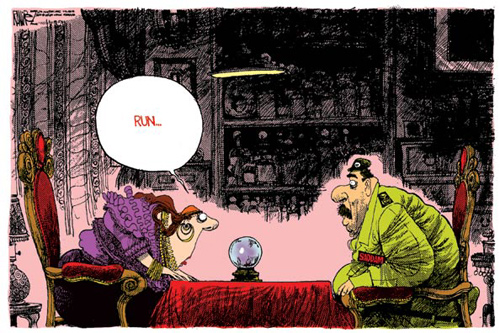|
|
|||||||||||||
|
|
|||||||||||||
|
The Enron Disaster
On December 2, the Houston-based energy company Enron, the seventh largest company in America, filed the largest bankruptcy claim in U.S. history. Now, just over a month later, the Judicial and Executive branches of the federal government have launched multiple criminal investigations into the company. Enron executives are accused of falsifying accounting records in ways that allowed them to make millions before the bottom dropped out, while thousands of employees lost their life savings as their 401(k) accounts withered to nothing. Also under investigation is the company's auditing firm, Arthur Anderson, which is accused of destroying documents in order to impede the government investigations. But it does not stop there. Separate investigations will examine whether the government, particularly the White House, improperly aided Enron executives. Enron was the largest contributor to Mr. Bush's presidential campaign. The fact is, however, that many Democrats, including party leaders like Sen. Tom Daschle, Rep. Richard Gephardt and Sen. Joe Lieberman have also received large contributions from Enron.
|
|||||||||||||
| QUESTIONS 1. What do the cartoonists find more compelling, accusations of criminal wrongdoing by Enron, or allegations of improper government influence? 2. What are the politicians fishing for in Ramirez's cartoon? 3. Why is Enron shown holding out a hand to Bush and Cheney in Ramsey's cartoon? 4. Why is Enron depicted as a whirlpool by Ramsey? 5. Does he think Bush will emerge unscathed by the investigations? 6. Look at the characters in the two cartoons. There is a crucial difference between them. What is it? 7. What, in the larger picture, do the cartoonists agree on? |
|||||||||||||
| click here for answers | |||||||||||||
|
|||||||||||||
|
|||||||||||||

